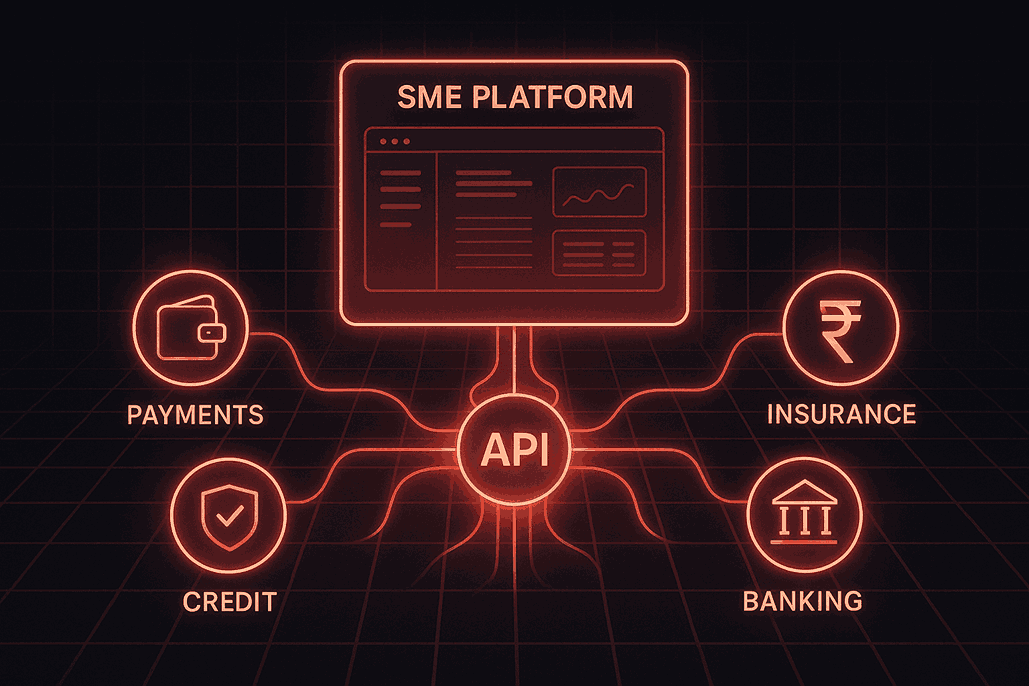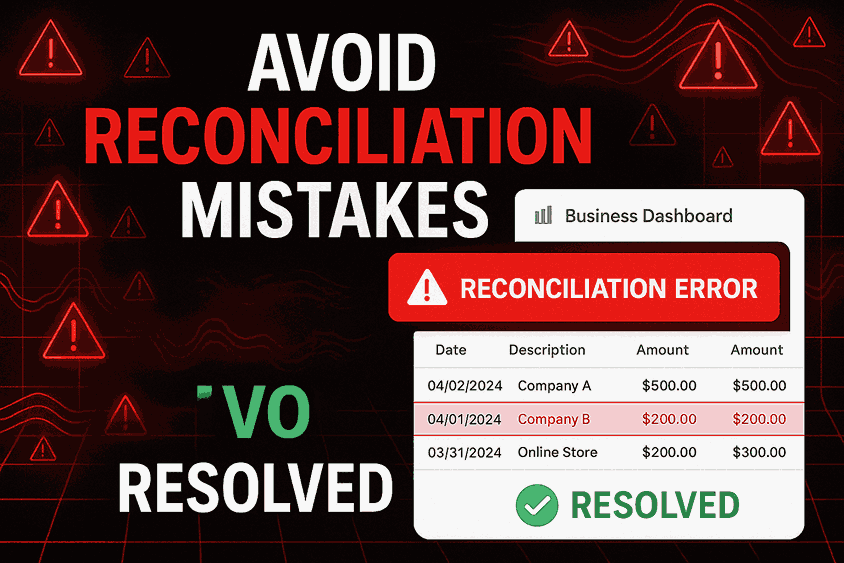How Do API Integrations Work? Making Sense of Embedded Finance for SMEs

Embedded
finance is transforming the way small and medium-sized enterprises (SMEs)
manage everything from payments to credit and insurance. By integrating
financial services directly into business platforms and digital tools using
APIs, SMEs can offer seamless financial experiences to customers, automate
back-office operations, and access new revenue streams—all without becoming
banks themselves. But how do these API integrations work in practice, and what
steps can an SME follow to safely and successfully adopt embedded finance? In
this blog, we break down everything you need to know to make sense of the API
revolution.
Table of Contents
1.
What
Is an API and Embedded Finance?
2.
Why
Embedded Finance Matters for SMEs
3.
How
API Integrations Actually Work
4.
Step-by-Step:
Implementing APIs for Embedded Finance
5.
Key
Benefits for SMEs
6.
Best
Practices and Tips
7.
Common
Challenges and How to Overcome Them
8.
Future
Trends in Embedded Finance
9.
FAQs
on Embedded Finance and API Integrations
What Is an API and Embedded Finance?
An API (Application Programming Interface) is a digital bridge that lets different software systems talk to one another and exchange information securely. In the context of finance, APIs allow business software—such as e-commerce platforms, accounting suites, or payroll systems—to connect directly with banks, lenders, payment gateways, and fintechs. Embedded finance, meanwhile, refers to the integration of these financial services into non-financial platforms via APIs. This enables SMEs to offer payment processing, loans, insurance, and more, directly inside the software their teams and customers already use.
For a deeper look into real-world applications, check out our article on SprintNXT’s banking API solutions, designed to help businesses integrate secure and scalable financial services.
Why Embedded Finance Matters for SMEs
For SMEs,
embedded finance isn’t just about convenience—it’s about unlocking entirely new
business models and efficiencies. Digital-first businesses can enable instant
customer checkouts, provide vendor loans at the point of invoice, or automate
employee payments, all within their existing workflow. This integration
improves user experience, speeds up cash flow, and helps small businesses
compete with larger, more established rivals. Most importantly, it means SMEs
can focus on their core operations while relying on secure, regulated partners
to handle the technical and compliance complexities of financial services.
How API Integrations Actually Work
Behind every
embedded finance solution is a series of API connections. When an SME wants to
accept payments or offer financial services, the business platform sends
encrypted data requests through the API to the financial partner. The partner’s
server processes the request—such as a payment or loan—and sends back the
results in real-time. APIs ensure that transactions are seamless, secure, and
fast. With modular API design, SMEs can add or swap different financial
services (like switching between payment gateways) without rebuilding their
entire system.
Step-by-Step: Implementing APIs for Embedded Finance
1.
Define Your Use Case:
Decide what financial services to embed—payments, lending, insurance, or
others.
2.
Choose the Right API Provider:
Evaluate security, compliance, track record, and industry fit for your partner.
3.
Check Technical Requirements:
Review authentication methods (e.g., OAuth, API keys), available SDKs, and
developer documentation.
4.
Test in a Sandbox:
Use your provider’s sandbox to simulate real transactions and catch issues
before going live.
5.
Go Live and Monitor:
Launch your integration, track performance, and use analytics to ensure
everything runs smoothly; optimize as your business grows.
Key Benefits for SMEs
API
integrations and embedded finance offer SMEs multiple advantages:
- Time and Cost Savings: Automate manual processes and
eliminate paperwork.
- Faster Settlements: Enable instant transactions
versus batch/bulk banking.
- Customer Experience: Provide smooth, in-app
payments, financing, or loyalty solutions.
- New Revenue Streams: Earn fees or commissions from
embedded financial products.
- Scalability: Easily add or update financial integrations as your business changes.
For SMEs aiming to maximize efficiency and customer experience, our detailed guide on the top 10 payment solutions for SMEs in Delhi, Mumbai, and Bangalore highlights the best platforms to integrate.
Best Practices and Tips
- Prioritize security and
compliance (look for PCI DSS, GDPR, and local regulators’ seals).
- Choose APIs with detailed docs,
SDKs, and sample code for developers.
- Monitor real-time logs and have
a process for quick troubleshooting.
- Partner with providers offering
ongoing support and clearly defined SLAs.
- Focus on modular architecture so
future integrations and upgrades are easier.
Common Challenges and How to Overcome Them
Many SMEs
worry about the complexity of integrating APIs or navigating compliance
requirements. Legacy software might not support modern APIs, meaning upgrades
or middleware could be required. Training your team and ensuring your
developers understand the API documentation and payloads is also key. The most
successful SME integrations start small—testing one use case—before expanding
to more embedded financial features as confidence grows.
Future Trends in Embedded Finance
As the industry evolves, expect to see more AI-powered APIs that detect fraud, automate compliance, and offer personalized financial products in real time. Blockchain-based APIs will make cross-border payments and settlements even faster and cheaper. And as more trusted API providers enter the market, SMEs will gain access to a wider ecosystem of embedded financial partners, leveling the playing field with large enterprises.
Among the most impactful innovations, the Bulk Payment API is revolutionizing enterprise transactions by enabling faster, more efficient, and scalable payouts.
FAQs on Embedded Finance and API Integrations
What is embedded finance for SMEs?
It’s the
seamless integration of financial products—like payments, lending, or
insurance—into non-banking business platforms, powered by secure APIs.
Are API integrations secure for small businesses?
Yes, if you
use regulated providers and proven security features like encryption, strong
authentication, and regular audits.
How long does API integration take for an SME?
With modern,
well-documented APIs and SDKs, integration can often be done in days or weeks,
depending on complexity.
What are some good use cases for embedded finance?
Instant
checkout, in-app lending, automatic payroll, vendor financing, and unified
rewards programs are common examples for SMEs.
Will APIs replace traditional banking for SMEs?
Not entirely. APIs let SMEs “plug in” best-in-class banking features without needing a banking license. But traditional banks and fintech APIs are increasingly blending their roles.




















